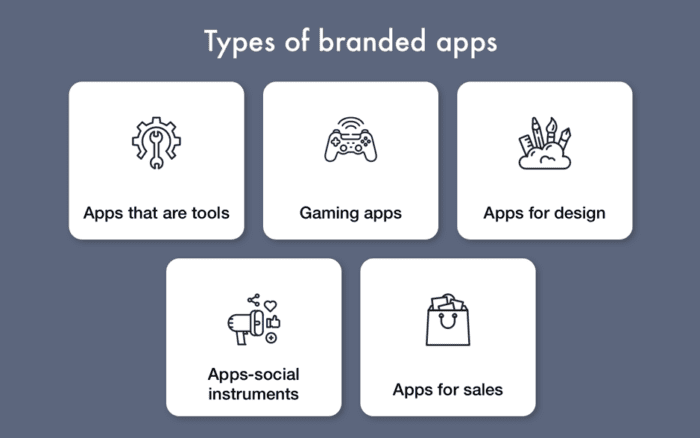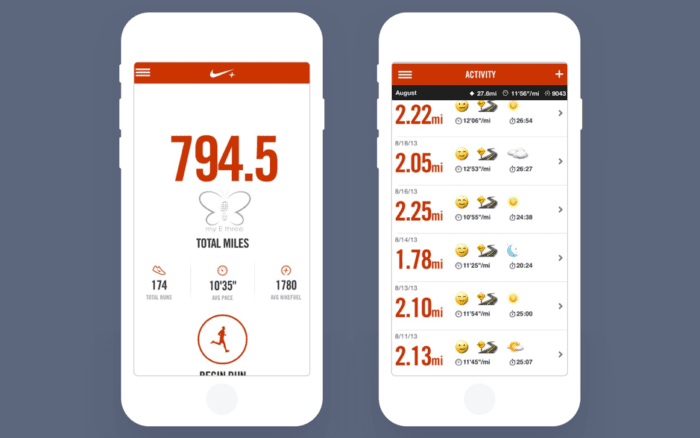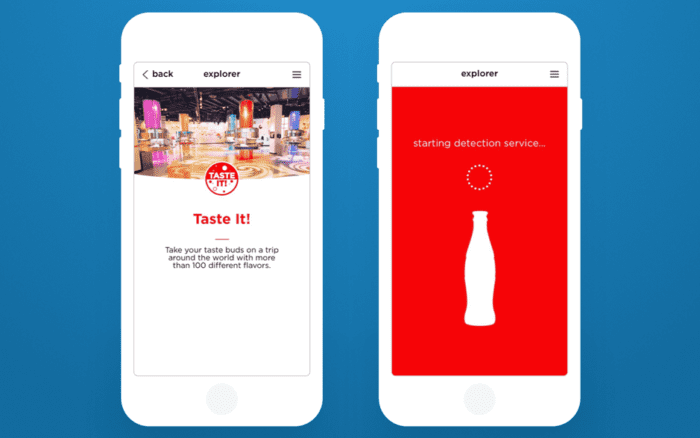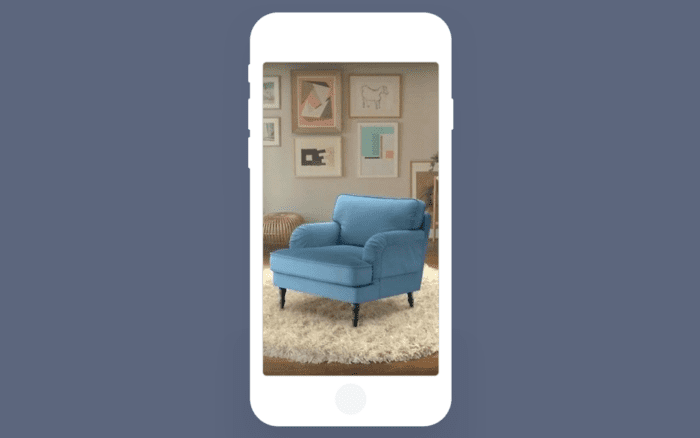Apps offer effective solutions for communicating with users and keeping them with the brand
Every job requires a tool, and brand marketing is no exception. The era of mobile devices also asks for something new, different from old but gold TV, radio ads, and street banners. Mobile branding apps are the exact tools that today’s brands require.
In this article, we’re discovering the business goals branded app development solves, types of apps you can design, and points to be taken into account.
Business goals of branded apps – what to consider?
Today, companies often turn to branded apps to increase conversion and ensure a great user experience. These applications offer effective solutions for communicating with users and keeping them with the brand. In general terms, mobile app branding means how users will see the app while interacting with it. It stands for visual image, communication, and reputation.
If you already have a business and think of building a personally branded app, mind that there are some objectives the product should fulfill. We can define the following business goals:
- Communication
- CRM
- Sales
- Product innovation
- Marketing search
Now, let’s review them in more details.
Communication
Talking to users is vital for increasing brand awareness. Branded apps, predictably, contain tons of details about the products they promote. Modern trends tell us that the more information formats we use, the better it is. So if you want your brand to grow in popularity and attract customers, use pictures, audio, video content, and AR/VR.
CRM
There’s a need to introduce your brand in order to connect a customer with it. This is a job for your app to do. On top of this, it also collects information about existing and potential customers, making it easier to launch targeted marketing campaigns or find a personal approach.
Sales
The ‘no money, no talk’ approach is not a winning one here. Instead, you’d want to engage users and turn them into loyal customers. Great user experience, generous sales offers and good-old personalized approach are your best friends.
Innovations
Apps with the aim of product innovation let users influence these products and suggest their design patterns. The most active users are rewarded and the company gets a wide range of ideas to apply. This helps drive further user awareness.
Marketing
Marketers work hard on figuring out users’ pains, expectations and solutions they want to see. Marketing research apps allow them to better understand users and thus make the product more important for them.
Types of branded apps: A short overview
Before handing the project to mobile app developers, you should figure out the business goals it should fulfill. Then it’s time to choose the type of the app and, finally, get down to building the product.
We’ve defined five general types of brand marking apps.

Apps that are tools
These applications offer functionality that helps users to perform various tasks. They are mainly built for collecting information about tasks users perform and their results. It gathers data about customers’ needs and analyzes it. This, again, helps with improving the service and is a big step to meeting users’ requirements.
Examples? Nike Running Club may be the most popular example of a successful branded app. Using the platform, runners track distances, share their results on social networks and store activity logs and, of course, buy brand new running shoes.

Apps that are games
Game apps are very interactive and allow customers to create their own product on the basis of the existing options. The use of gamification principles works for engaging users that get nice bonuses while playing and turn into loyal customers.
Domino’s Pizza Hero app’s best illustration. It looks like a real game: an app where you’re making your own pizza. Users can easily mix ingredients, choose sauces, cut cheese and much more.
Apps – social instruments
These apps are built to promote the company name by developing its brand identity with the help of social media. Their main goal is popularizing a specific brand and building a community of loyal users.
For instance, the ‘World of Coca-Cola Explorer’ app developed by Coca-Cola encourages users to takes photos of them, their friends and family. Amusing frames, cool effects and ease of use are included. What’s more, not only can users take pictures but they can easily share them on Facebook, Twitter and Instagram too. The social shares help build awareness and brand popularity.

The main goal of social apps is to popularize a brand using social networks. Such applications successfully build a community of loyal customers.
Sales apps
These apps are predictably aimed at selling goods. Or at least for preparing users to buy them. For example, IKEA Place app makes use of AR technology to show and promote the company’s products. It lets people try to place pieces of furniture in their homes to check if the new item fits well. A great way of dealing with customers in a profitable but non-intrusive manner.

Apps for design
Good-looking mobile design always attracts and brand design apps know how to capture users’ attention very well. For instance, Camper Weather app’s a great example of an innovative mobile design that pleases the eye.
Each design element’s well-made and on its place, and interface reacts to touches by imitating musical instruments. Still, Camper is not connected with meteorology in any way – it’s a shoe brand. It’s quite logical that they don’t advertise their articles there. The main intention was to show customers the philosophy behind the concept and that’s it.

How to build a brand app?
Finally, it’s high time to find out how exactly companies create branded apps. To make the app appealing, you should consider three important points:
- Mobile orientation
- Social features
- Brand mentions
First of all, focus on mobile features. It’s very important to follow the latest trends in mobile development. This helps to attract more users and turn them into engaged customers. For instance, they may use a device camera to take pics with a brand logo and post them in social media. Bar and QR-codes scanning are not that new, but it’s still a great and convenient feature.
Second, social features.
Let’s accept that social networks work great for any business. So the effectiveness of your new branded app also depends on interactions with social media. This feature positively impacts customers’ satisfaction and ensures their loyalty.
Examples? Shared photos, videos, comments, ratings, and other things we do in social networks each and every day. When designing the app, think of these interactions along with well-thought-out content.
Finally, brand mention. These elements are here and there in every app. Logo, name, colours, and even mascots. It’s very important to include these details in the apps so that users will recognize them and associate the app with your brand.
So brand app development requires a wise and cautious approach. The perfect app should balance between all levels of customer motivation. Try to mix entertainment, information, socialization and modern trends together, and don’t forget about functionality!
The more planned and good-looking the app is, the more customers it will attract. So good luck with searching for your own perfect strategy.
